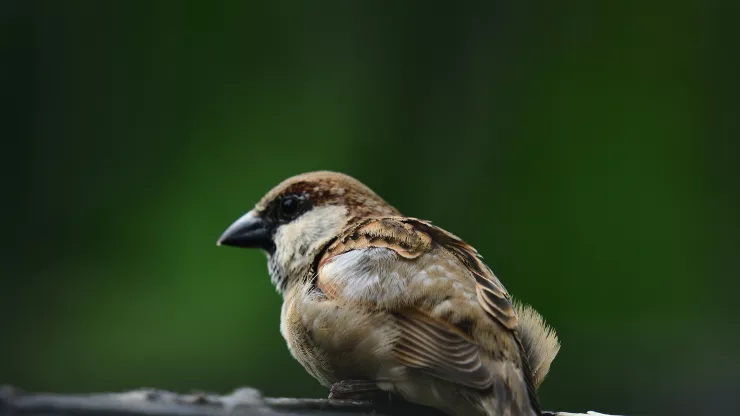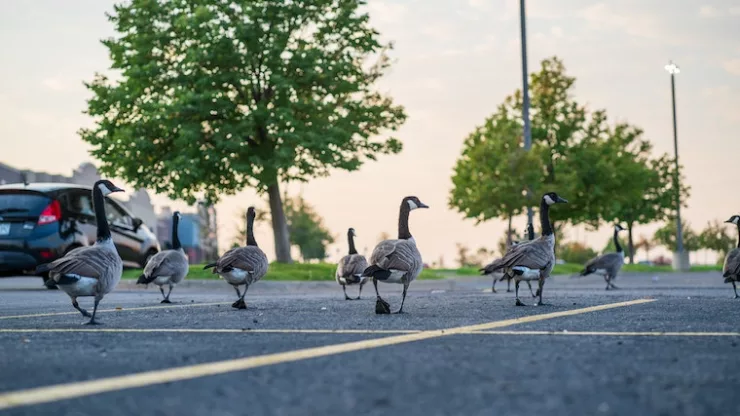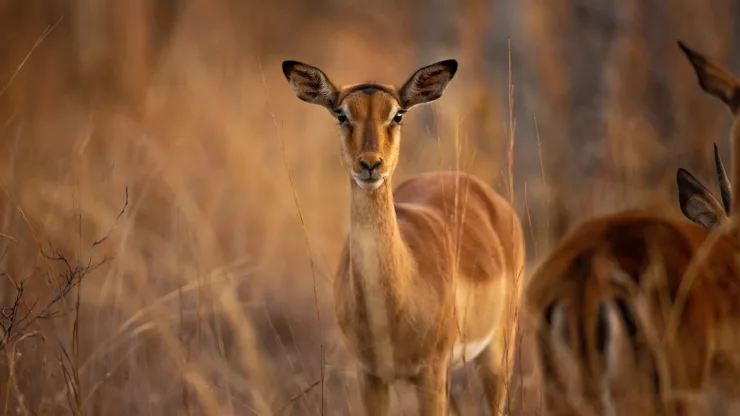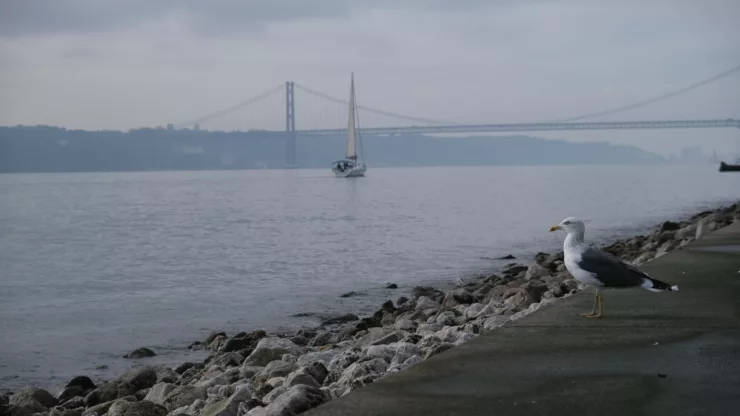Why Urban Wildlife Conservation Matters
Urbanization has led to the displacement and decline of many wildlife species, making it crucial to prioritize urban wildlife conservation efforts.
Cities can still provide habitats for a diverse range of animals and plants if they are designed and managed appropriately.
By taking individual actions, city dwellers can make a significant contribution to the conservation of urban wildlife.
===Simple Ways to Help: From Bird Feeders to Community Gardens
There are many simple ways that city dwellers can help to conserve urban wildlife. Some of these include:
- Install bird feeders and birdhouses to provide food and shelter for birds.
- Plant native plants in gardens and balconies to provide habitats for pollinators such as bees and butterflies.
- Reduce the use of chemical pesticides and fertilizers in gardens and public spaces to protect insects and other small creatures.
- Reduce light pollution by turning off lights at night or using motion sensors to minimize disturbance to nocturnal animals.
- Dispose of waste properly to reduce the amount of litter that can harm wildlife.
These small actions can have a big impact on the health and well-being of urban wildlife.
===Advocacy and Policy: How to Make a Bigger Impact
While individual actions are important, advocating for policy changes can make a bigger impact. Some ways to do this include:
- Contacting local politicians and policymakers to advocate for wildlife-friendly policies such as the protection of green spaces.
- Supporting organizations that advocate for urban wildlife conservation through donations or volunteering.
- Participating in citizen science projects to collect data on wildlife populations and habitats, which can inform policy decisions.
By joining forces with others, city dwellers can make a bigger impact on urban wildlife conservation.
===The Power of Community: Joining Forces for a Better Future
Community involvement is essential for effective urban wildlife conservation. Some ways to get involved include:
- Joining local conservation groups or volunteering at wildlife rehabilitation centers.
- Organizing community events such as bird-watching walks or wildlife-themed festivals to raise awareness about urban wildlife conservation.
- Participating in community-led initiatives such as community gardens or green roofs that provide habitats for wildlife.
By working together, city dwellers can create a more wildlife-friendly environment in their communities.
FAQ
How can I attract more wildlife to my garden or balcony?
Planting native plants, providing water sources, and installing bird feeders and birdhouses are some ways to attract wildlife to gardens and balconies.
What should I do if I find injured wildlife in my city?
Contact a local wildlife rehabilitation center or animal control agency for assistance. Do not attempt to handle or feed injured wildlife yourself.
How can I advocate for wildlife-friendly policies in my city?
Contact local politicians and policymakers to express your support for wildlife-friendly policies and participate in public meetings and hearings related to urban wildlife conservation.
Supporting organizations that advocate for urban wildlife conservation can also help to make a bigger impact.
I’m a nature enthusiast and creator of Metro Wilds and have spent years exploring the great outdoors.
With a passion for environmental conservation and sustainability, I have dedicated my career to writing about the beauty and wonders of nature, as well as the threats facing our planet.
Contact me at [email protected] for assistance.





